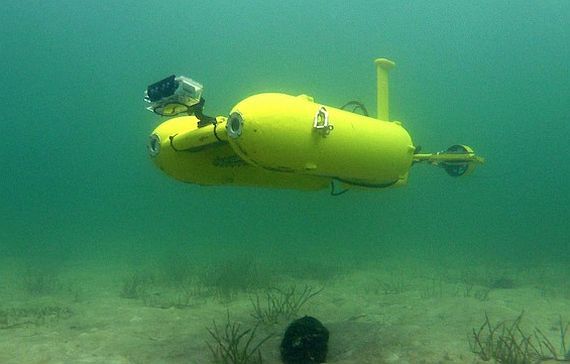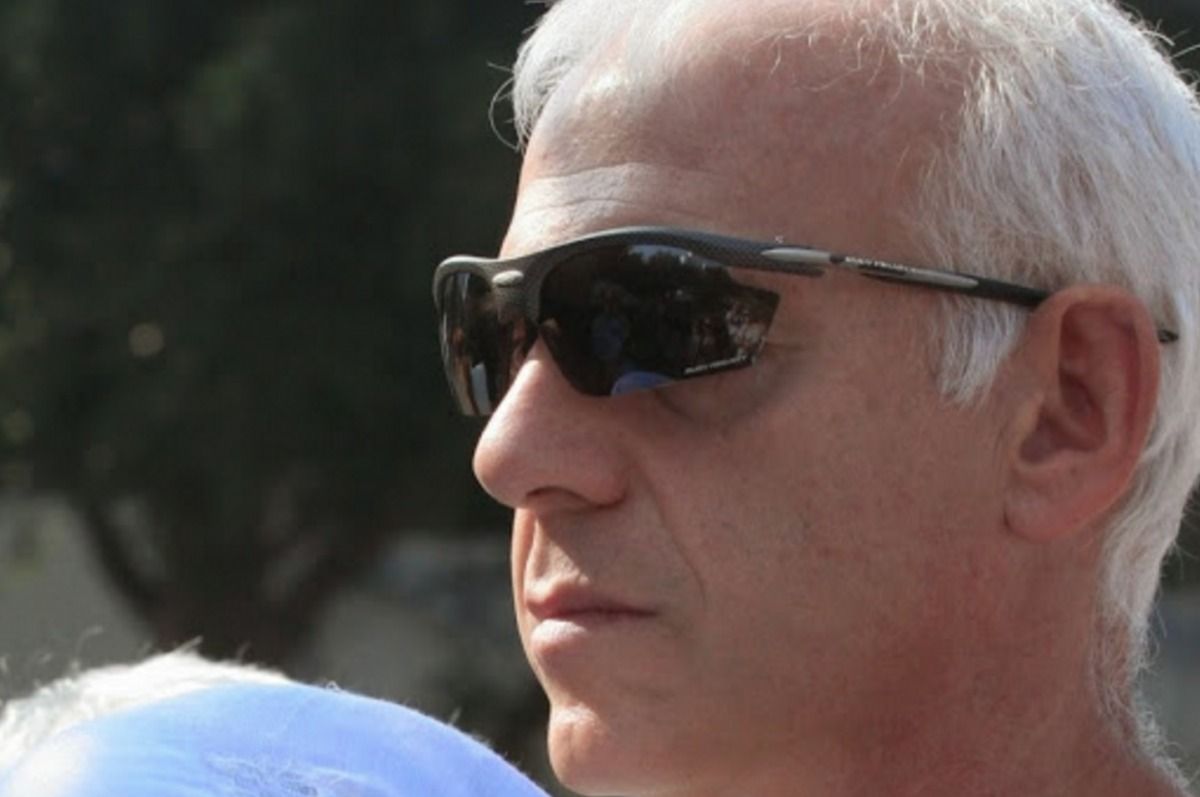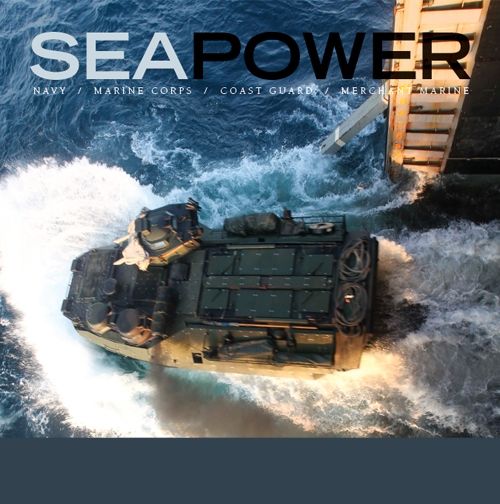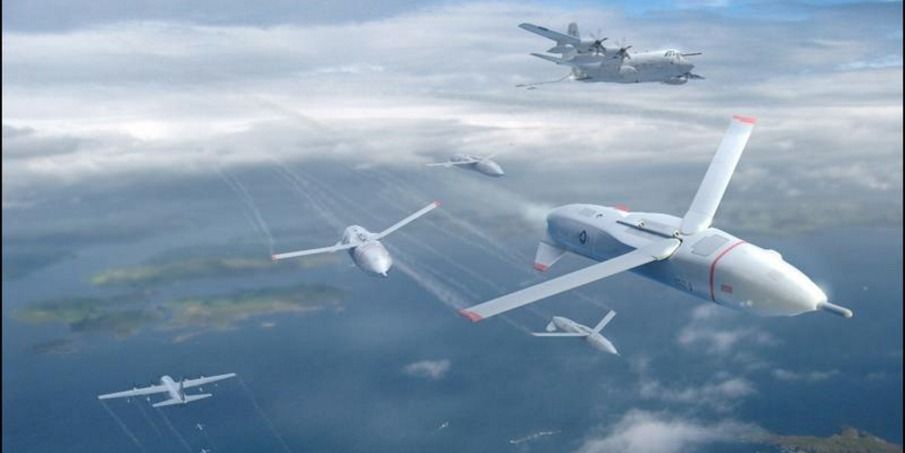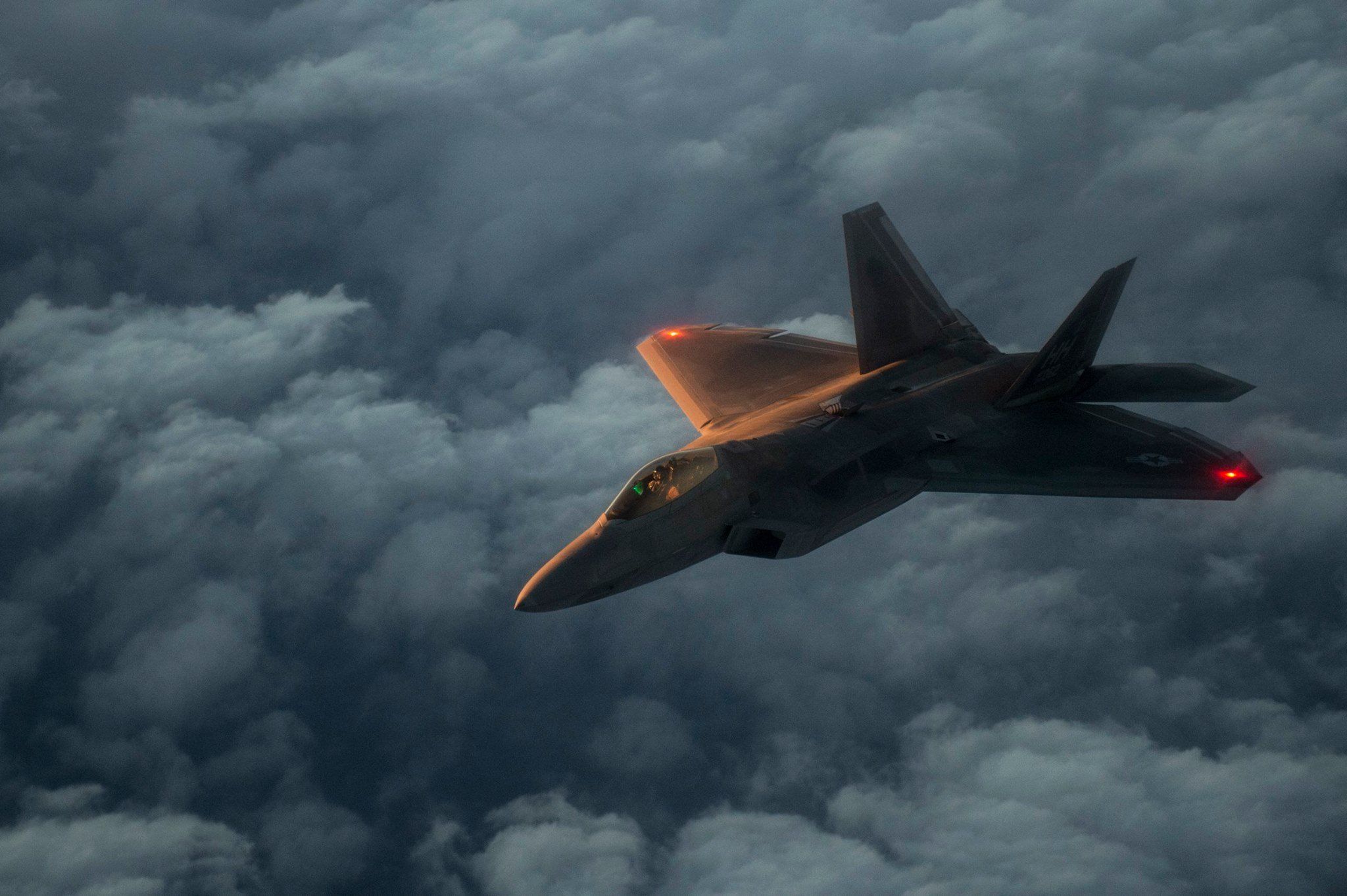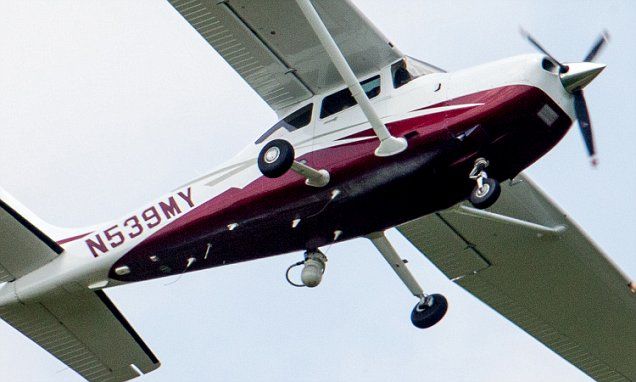Think your personal time is yours? Think again.
A new initiative from the U.S. Office of the Director of National Intelligence aims to create an intelligent surveillance system that can analyze live video and spot suspicious behavior in real time. According to Defense One, the research project is called Deep Intermodal Video Analytics (a.k.a. DIVA) and it will be a joint effort between academics, the private sector and ODNI’s Intelligence Advanced Research Projects Agency.
In an announcement, IARPA officials laid out the project’s goals: “The DIVA program will produce a common framework and software prototype for activity detection, person/object detection and recognition across a multicamera network,” IARPA officials wrote. “The impact will be the development of tools for forensic analysis, as well as real-time alerting for user-defined threat scenarios.” In other words: the system should be able to identify suspicious behavior in real-time.
One of the problems with existing systems is that they can identify individual people or objects, but not many of them at the same time, or the complex interactions between them. The DIVA system as it is proposed would be able to identify certain types of movements like a person carrying a firearm, two people exchanging an object, or someone walking up and abandoning a potentially dangerous object on the street.
